Apple iPhone 16 may feature Brighter Micro Lens OLED
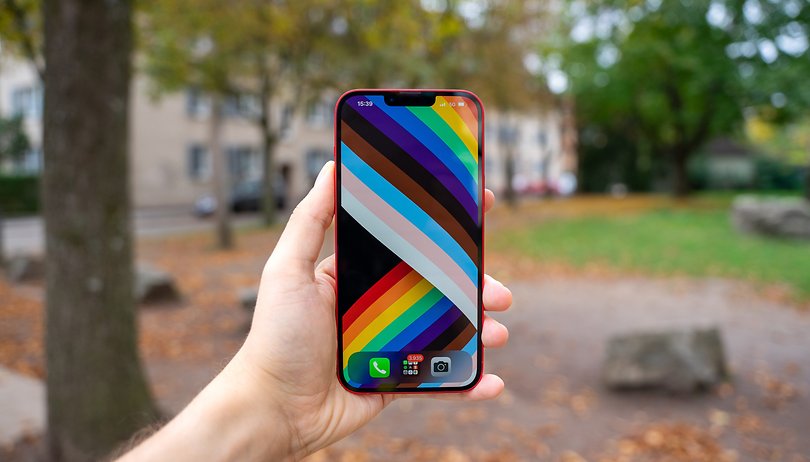

Read in other languages:
The Apple iPhone 14 Pro (review) is considered to have one of the brightest OLED displays around on a smartphone. This surpasses the screens from manufacturers like Samsung or LG use on their smartphones. Now, it is believed the iPhone manufacturer might plan to launch next year's iPhone 16 with an even brighter display by applying MLA technology or microscopic lenses array.
Advantages of screens equipped with micro lens
MLA or micro lens array is a type of display technology that inserts microscopic lenses between the glass and OLED panels. Among its benefits is a significantly brighter screen output as it reduces the trapped luminance between the glass and panel, offering a more effective projection. At the same time, this also helps reduce power consumption and subsequently extend battery life on devices it is installed in.
Unlike TVs and monitors that are only starting to feature MLA-equipped display panels, the technology is rarely seen in mobile devices. Samsung started to incorporate this with the Galaxy S22 Ultra, but it has not fully taken off with the more recent models, possibly due to numerous reasons like cost.
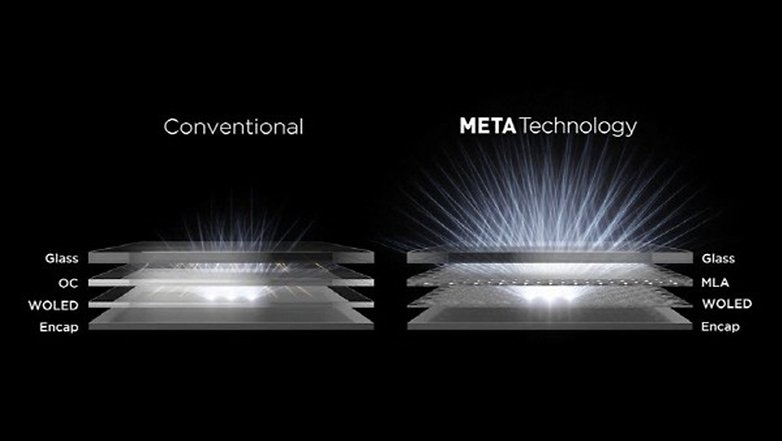
In Apple's case, it is tipped they are considering adopting the micro lens array in the future iPhone line according to the South Korean publication, The Elec. It is said that both Samsung and LG are proposing to use MLA from the Cupertino company, and are waiting for approval.
However, the decision could still depend on the target manufacturing efficiency of the new component. However, if the OLED technology were to materialize, the iPhone 16 and iPhone 16 Pro would most likely be the first to take advantage of this.
In addition to brighter displays, the iPhone 16 Pro and iPhone 16 Pro Max are rumored to arrive with a slightly larger viewing real estate. The smaller iPhone 16 Pro is said to have a 6.3-inch display while the bigger, more premium model featuring a 6.9-inch panel. Despite the change, Apple might retain the dimensions of the two iPhones.
Will you consider getting an iPhone if it starts to feature such hardware improvements? Share your answers with us in the comments.
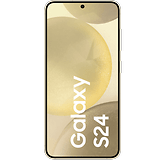
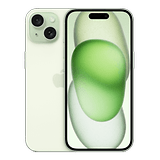

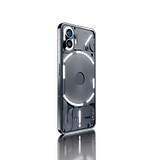
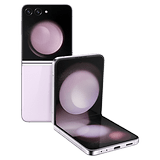
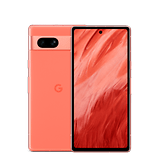
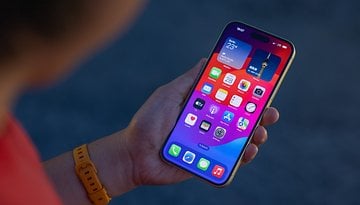
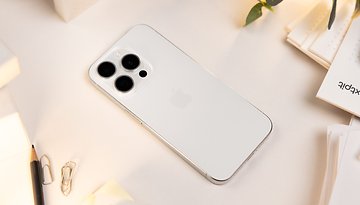
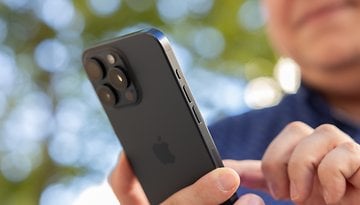
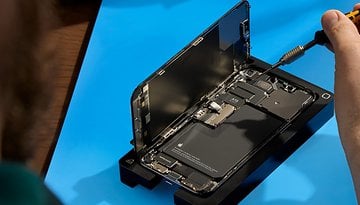
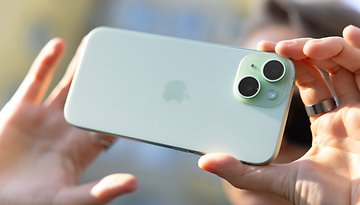


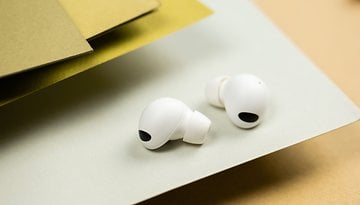

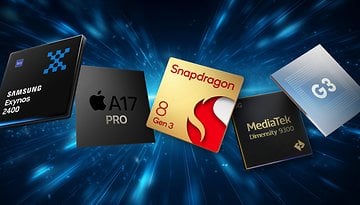

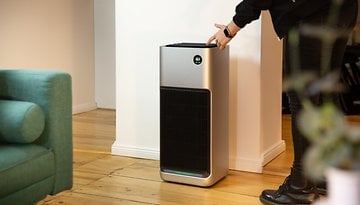
Recommended editorial content
With your consent, external content is loaded here.
By clicking on the button above, you agree that external content may be displayed to you. Personal data may be transmitted to third-party providers in the process. You can find more information about this in our Privacy Policy.